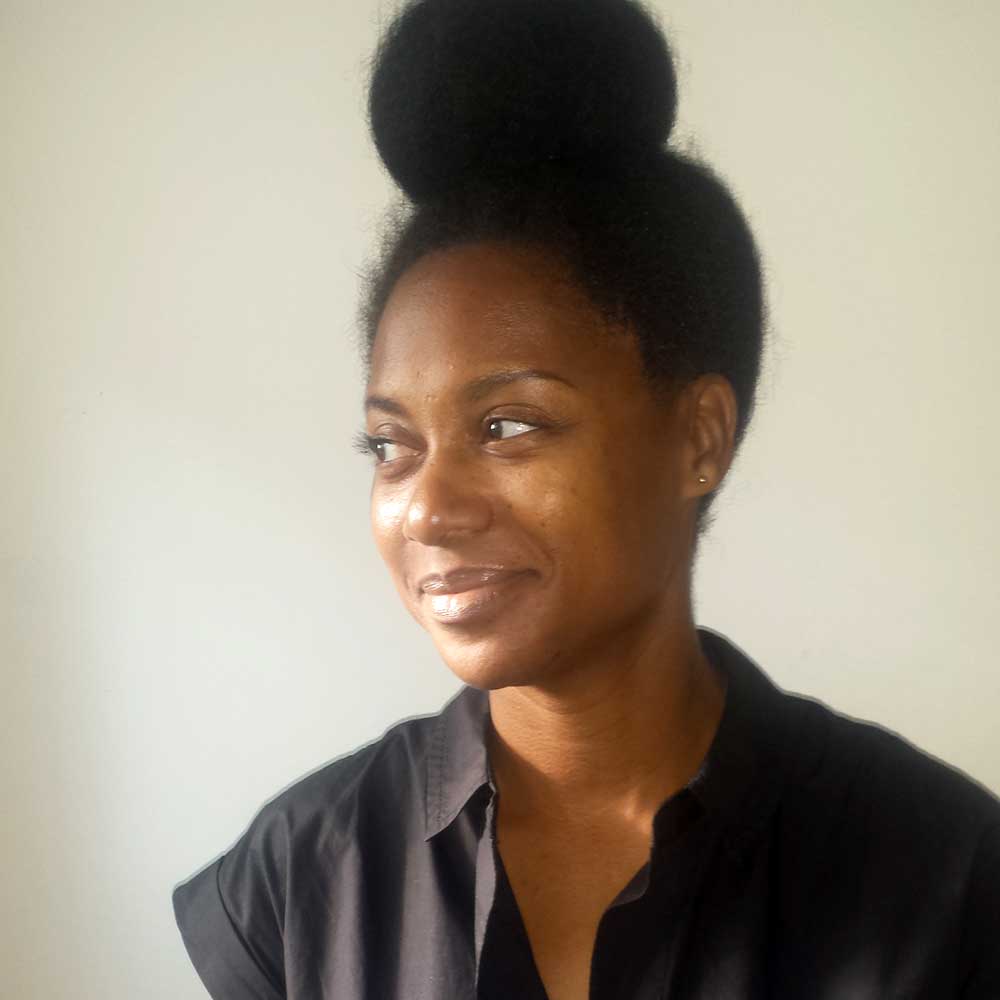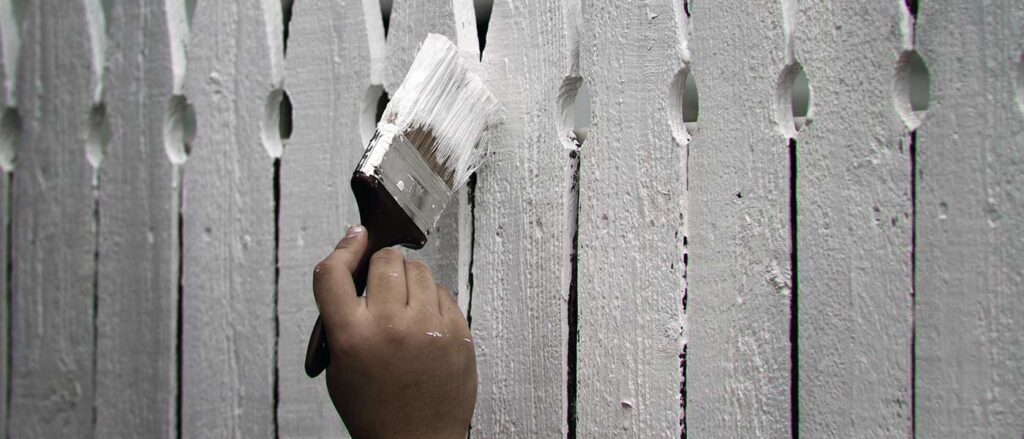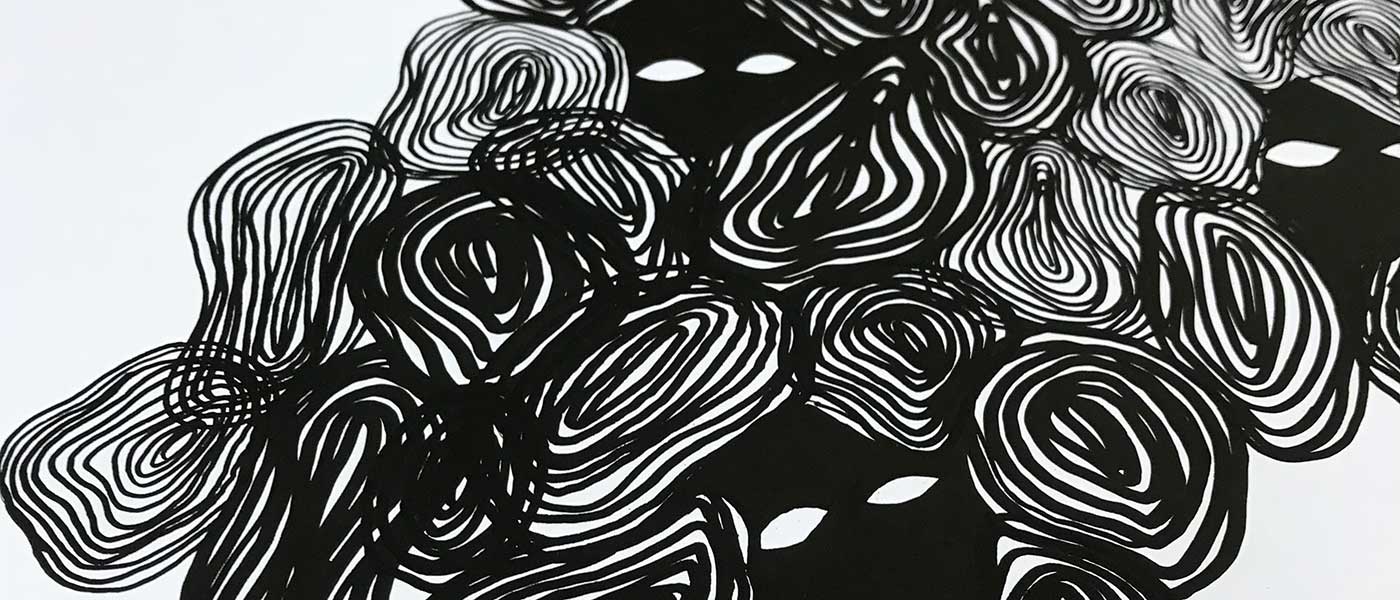We found our home driving through the neighborhood adjacent to where I used to live when I was single. I never considered moving into that neighboring community before then. It was a beautiful neighborhood, old homes with timeless character, large yards, lots of trees, and a good reputation for its public schools. The neighborhood also had a reputation for its lack of diversity, though at the time we were looking, I knew the demographic of the community was slowly changing, and statistically, offered more diversity than any of the other comparable neighborhoods close to downtown. We were practical. I was pregnant, and we needed more living space and a good option for public school. The house, second from the corner, sat empty with two big evergreen trees shielding a worn “For Rent” sign from the snow. We were surprised to find a rental in that neighborhood, known for its stable property values and higher taxes, especially since the economy was in the wake of a downturn and the mortgage crisis of the early 21st century was simmering. Selling a house in that kind of instability was nearly impossible, as was renting it in the middle of winter.
Yet, here we were. We met with the owner of the house several times, endured her rounds of questions, under-the-breath comments, and slippery judgments — but she could not deny our stable work history and good credit. Plus, she seemed so curious about us. I suppose, like a rare gem, we were interesting. Not sure she had much contact with young people of color before. Not sure she ever considered a person of color might live in the house where she raised her son. She knew we were not married, so to keep things light and easy, lessen the likelihood of more questions and suspicion, we did not tell her I was pregnant.
We lived in the house as a rental property for a few years. Then, when the economy eased into recovery, we bought the house. Those early years renting gave us enough time to get acclimated to the community, enough time to collect a handful of persistent and sour incidents. We were the only family of color on our block. Every now and then, I still remind my neighbors of that fact when we are talking casually about the weather or how busy we all are at work. In casual, informal moments, I carefully or humorously reroute the conversations from how our kids are doing in school and the erratic Ohio weather, to include our experience with race and discrimination in the neighborhood. I remind the neighbors that while we live next door or down the street from each other, we live in and experience a very different America.
When we first moved into the neighborhood, I suppose we knew the general rules of engagement in navigating this majority white situation. We knew what to notice and what to ignore. Things like avoiding unnecessary contact with the police; that was a given. Also, though people in the neighborhood might appear friendly, they were most likely not looking to be our “friend.” We were careful, private, quiet. Which is why we wondered why a police vehicle often sat at the corner of our street, just a few feet away from our house, for long stretches of time. To be clear, we were never cited for any violations or found to be breaking any laws. We tried to be “neighborly.” Still, I was never surprised when people passed me on the sidewalk as though I were invisible. I knew they saw me. They looked me in the eye sometimes, and though I often spoke or offered a smile, the other person, for whatever reason, often did not, could not reciprocate even a small gesture, a smile, or a nod. That happened a lot. I was also never surprised when people crossed the street, perhaps out of fear or suspicion — as if me being there, where they were, was out of place in a neighborhood like that. I noticed but tried to ignore it, not take it personally, when people locked their car doors an absurd number of times — six, seven, eight beeps, in my presence. Initially, I thought it was just me, but I also recall this exact thing happening to my husband and me when we were together, in the parking lot at the neighborhood drugstore. This excessive car locking happened to me often, at work, in my neighborhood, everywhere. Maybe this was a thing I did not know about — people anxious about how many times they needed to lock their car doors before they felt comfortable.
Misperception is a stubborn quake in the concrete and lungs. We were used to awkward racial dynamics and a lack of diversity and inclusion in the workplace — and were not surprised that our family was a rare sighting in a neighborhood that, according to the 2010 U.S. Census, had a population that identified as 90% white. What we did not expect was for it to take nine years before the police finally stopped pulling my husband over in his car or on foot, in front of our house or turning into the neighborhood. The first few times were absurd enough — but you cannot explain away how he was stopped and briefly detained at least once a year for the first nine years we lived in the neighborhood. You cannot explain why our neighbors were always surprised to hear about these incidents, and how, in conversation, they had a hard time convincing themselves, and us, that they were isolated. You cannot explain or make excuses for any of it. We understood how to exist in this space: we could appreciate all the amenities of the neighborhood, and still acknowledge our own particular experiences living there.
My husband has deep brown skin and looks African American, or at least, how we perceive that identity in the U.S. In actuality, he is a naturalized citizen from the Caribbean/Latin America. In some ways, his identity, by descent, by diaspora, is African and American. He is also a high-ranking military officer with service of over 25 years in the U.S. Army, a college graduate, a husband and the father of three sons — all the makings of a law-abiding contributor to society — a decent guy. However, from the start, his presence in the neighborhood seemed to be a constant cause for suspicion by the police — sometimes, even as he stood less than 50 feet from our front door, in a crisp cotton shirt and tie, after parking his late-model luxury car in front of our modest yet mortgaged house. It was not uncommon for a police officer to drive by, stop, and sharply inquire about his intentions, comings, and goings. Generally speaking, officers often found him acting perfectly normal after a long day of work. To this day, my husband has never been cited for breaking any laws, but the frequency, repetition, and enduring presence of law enforcement in the neighborhood seemed to suggest that officers, and perhaps other people in the community, thought he might.
Other times, an officer might stop my husband with or without our children, while he was on foot. This happened on multiple occasions, in front of and in back of our home, as he raked the leaves, put out the trash, and kept the hedges out of the alley. In other words, police officers often found him doing what homeowners do: taking care of their property. They would ask to see his ID as though he would have an ID in his pocket while doing yard work, as though his brown body in a well-kept yard seemed out of place, or cause for suspicion.
While I had plenty of experiences with law enforcement profiling me, watching me, following me in my car or around a retail store, my experiences in our neighborhood did not involve my own personal interactions with law enforcement. My experiences were more like intimate non-interactions, social erasure in spaces with other women, especially other mothers. I suppose I was not prepared for this effortless layer of social disregard. I would have an interesting conversation with a fellow mother one-on-one — but later, in a crowd of other women, majority white — that same woman would pretend not to see me or choose not to speak to me. It especially happened at the playground or while dropping off and picking up our kids from school, when clusters of mothers would gather and be social. A neighbor suggested that people are busy and often focused on what is right in front of them. That it was not personal. I suppose I did not take it personally — I just noticed. Perhaps some of this behavior reflected the sometimes awkward nature of women relating or not relating to each other based on things we may or may not have had in common — but when this continued to happen, in such a small community, such as at school, this kind of unseeing, or erasure, was jarring, a kind of private yielding and public exclusion. A reminder that people might be “friendly,” but not interested in friendship. Perhaps “mother” was not enough of a common identity.
Perhaps there was a notion of a mothering hierarchy where the more perceived layers of difference, especially identity or class, stay-at-home or working, caused an automatic defensive or fearful reaction. I would walk down the street holding hands with my child, and other mothers I saw everyday would be walking on the opposite side of the sidewalk, chattering, careless. They would crowd the sidewalk with their bodies and comfort, fill up all the open space, mothers and their children, crowding and spreading, shoving me and my child to one side, forcing us to a narrow space, to step onto the grass. As if we were invisible. I learned to take up space with my children. Walk with dignity and harmony. Look forward, engage, and reclaim a sense of presence. Perhaps my brown body in a neighborhood full of white bodies was a curious sight. Navigating motherhood is complex enough. Mothering as a woman of color, raising three sons of color, was immensely precarious in a neighborhood like ours. I did not need the constant mother othering. Reactions, behaviors based on assumptions, erasure and exclusion, the benefit of denial of it all, was overt and reckless.
My husband and I were not alone, however. Our children were not exempt. Their young brown bodies were often quiet targets on the neighborhood playground, in school, or out and about in community spaces. Teachers inquired why they had Spanish names. This made the teachers question — to themselves or aloud in front of me — whether these children were related to us by blood or if we had adopted them. I should note: my husband also has a Spanish name. My children’s skin is a certain shade — but their names do not neatly fit within a certain racial/ethnic stereotypical construct for a brown child with thick curly hair. As children, their bodies are not free from judgment, suspicion, stereotype, or discrimination. They are not seen as the keepers of peace. They are not free from hearing derogatory words or racial epitaphs, so loud, slippery, and unfamiliar as they slip from the tongues of adults and children. Children so young you wonder how they learned to speak with such daggers. Our children are not free at school on the other side of words shoving their unsuspecting bodies into trauma along the concrete where small feet run, jump, play, and find all kinds of harmful ways to call out difference. The white neighbors have no idea how safe their children are in a community like this. As a mother of color, there is no way to name or promise certain kinds of safety for my children here or anywhere else. I prepare them for this every day.
This persistent distrust is exhausting. Me, my husband, our three children, experience this kind of discomfort with our bodies, our skin color, in many different kinds of contexts and spaces. Still, we are ardent in our belief that we can be and live anywhere we please. That others’ fears, behaviors, or perceptions should not dictate how and where we live. We could run to another community, and then another — but from my experience, you cannot outrun what is broken and ragged in this country. It is an embedded mindset pressed against actions, a fear of what people do not understand, a core rotting. No matter what we look like or whatever people perceive about us, we should be able to live where we want to live.
Historically, America calls you not by your name but by your skin color, if they call you at all. The culture of this country judges you not by your deeds — but by stereotypes informed by subconscious, implicit biases. It doesn’t matter where you live, how much education you have, or what you do for a living. This is America, where race and perceived identity is often the first thing people notice and habitually act upon — and discrimination, equity, and inclusion are the last things we talk about, unless you are like me, and keep bringing them up in small talk with the neighbors.




